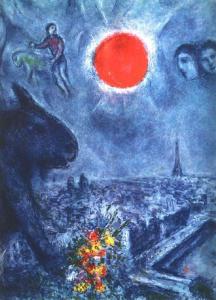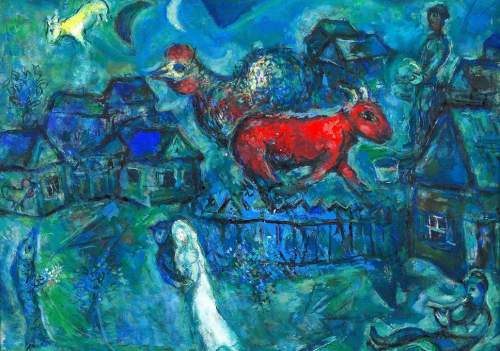
Farewell, my dearest sister, fare thee well:
The elements be kind to thee, and make
Thy spirits all of comfort! Fare thee well.
–William Shakespeare, Antony and Cleopatra
Lousy day yesterday as I lost my longtime studio partner, Hobo. Her hyperthyroidism, high blood pressure and the sheer weight of what we figured were her 18 years of age finally took their ultimate toll. She was in rough shape and I hesitatingly made that awful final decision to take her to the vet for the last time. It was a quiet and easy end. Fitting, since she was always quiet and easy to care for. Easy to live with. Easy to love.
She had been reduced over the past few years to a frail bag of bones. At her death she was just over 6 pounds, in stark comparison to her at her peak when she was a vibrant and powerful 13 pounds. Back then, when I would call for her and she would run to me on the path through the woods, the sound of her footfalls on the trail sounded like those of a running horse.
Hobie (her real name is officially Hobo Joe From Idaho but I called her Hobie) showed up as a stray about 15 years ago. She kept her distance for the longest time. It wasn’t until she chased our housecat, Zsa Zsa, up a pine tree and on to the roof of the studio that we really engaged. Zsa Zsa allowed me to climb a ladder and retrieve her from the roof. Hobie remained, calmly watching me as she sat at the peak. I put another ladder beside the first and ran a board between the two. I told her to watch and moved my hand from the roof to the board then down the ladder rungs. Moving away, I stood at a safe distance for her as she calmly made her way to the edge of the roof then hopped on the board and down the ladder just as I had showed her.
She trotted away that day but soon showed up again. Finally, a few weeks later, I spied her peeking at me from the corner of the studio. I slapped my leg and yelled to her, “Well, come on!” She ran right up to me, demanding to be petted for several minutes.
From that moment on, she was my girl. She was soon spending her nights in the studio though she preferred to prowl the woods and lawn during the day. In the studio, she was never a problem at all, outside of shredding the edge of one of my kitchen cabinets, which I never really minded because they are pretty horrible to begin with. Plus, she took such relish in it, especially when I came into the studio first thing in the morning. But she never showed any interest in scratching a painting or a frame. Never a problem of any kind. Even in these last years when she received meds several times a day, she was easy to deal with.
For the past 12+ years she had been solely an indoor cat, after an incident when she came flying into the screen room off the back of the studio with another large cat hot on her tail. She came in that day and had never strayed outside again, outside of one incident where I inadvertently left the door open. She went out and sniffed around on the sidewalk until I walked over to her. She willingly allowed me to pick her up and her ever effusive purr started immediately as I climbed the steps to bring her in.
She knew she had good gig.
And while she may have felt fortunate after spending years outside, I was the true lucky one in having received such loyal and unconditional love from her for so long. I could go on and on about how great she was in so many ways, but I will leave it at this. The studio certainly feels empty and a little colder this morning. Hobie will be missed but I suspect she remains here in some way. And that’s a good thing. Comforting.
There are three cats in my basement now, the feral family that have been my outdoor mates for the past three years, waiting to make the transition to being studio cats. They have been in the basement for most of the winter, mainly at night and during the day in poor weather. It has been kind of an audition, knowing that Hobie was not long for this world. So far, they seem to be doing well and haven’t destroyed anything down there. They are great, loving cats and will no doubt be fine studio cats. When I call them, they come running through the woods but even though they are equal in size, they don’t make the same pounding sound that Hobie.
They will have to make the space their home in their own unique way because they never replace Hobie.
Thank you, Hobie, for all you gave me. Fare thee well, my good girl.














